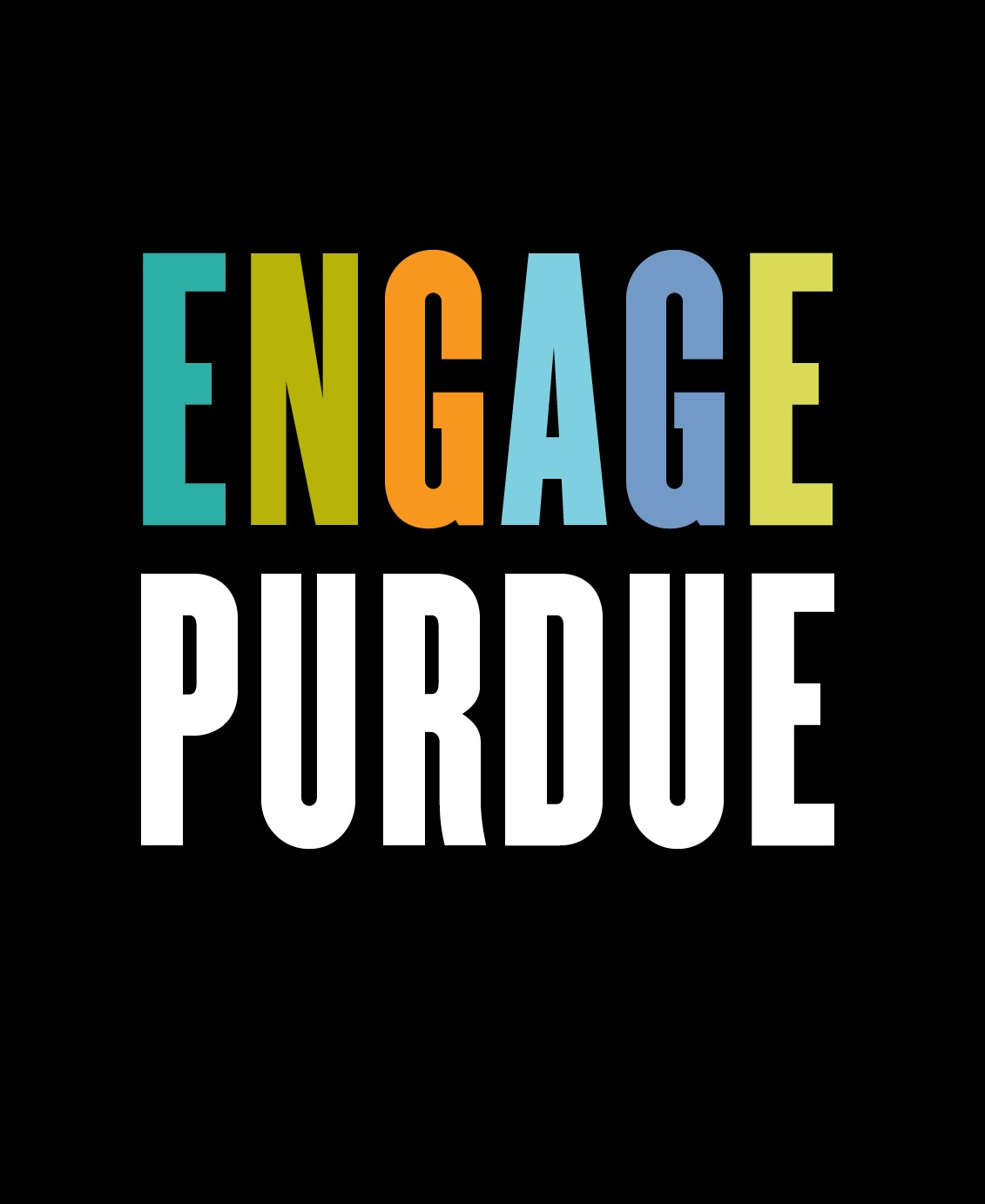Description
Objectives: Compare and contrast the number and type of interventions made by student pharmacists who participated in an adult internal medicine APPE in the US to an internal medicine APPE in Kenya.
Methods: A US-based faculty-led, four-week internal medicine APPE with interprofessional team rounding that provides care for underserved patients in an urban setting and hosts 16 students annually was compared to a faculty-led, eight-week internal medicine APPE in Kenya that hosts on average 24 students annually. Starting May 2017 – January 2018 a standard clinical intervention collection form was used by all students on these two APPEs starting the first full week of the rotation and continued until the last day. Descriptive statistics were used to compare the intervention data. This study is Institutional Review Board approved.
Results: Data was collected from 13 students for an average of 15 days for the US-based APPE and 23 days for the Kenya-based APPE. US-based students documented an average of 2.2 interventions per patient per day, while Kenya-based students documented 2.8 interventions per patient per day. The most common interventions were patient chart reviews and treatment sheet rewrites for the US-based and Kenya-based students, respectively. Two notable interventions that were documented on the Kenya-based APPE, but not the US-based APPE, were intravenous administration instructions and obtaining patients’ blood pressures and fasting blood sugars.
Implications: Regardless of setting, student pharmacists are able to have a profound impact on patient care and further demonstrates that the Kenya-based internal medicine rotation is a comparable learning experience to its US-based counterpart.
Included in
A Comparison of Student Pharmacist Clinical Interventions During an Internal Medicine Advanced Pharmacy Practice Experience (APPE) in a High-Income Versus Low-Income Setting
Objectives: Compare and contrast the number and type of interventions made by student pharmacists who participated in an adult internal medicine APPE in the US to an internal medicine APPE in Kenya.
Methods: A US-based faculty-led, four-week internal medicine APPE with interprofessional team rounding that provides care for underserved patients in an urban setting and hosts 16 students annually was compared to a faculty-led, eight-week internal medicine APPE in Kenya that hosts on average 24 students annually. Starting May 2017 – January 2018 a standard clinical intervention collection form was used by all students on these two APPEs starting the first full week of the rotation and continued until the last day. Descriptive statistics were used to compare the intervention data. This study is Institutional Review Board approved.
Results: Data was collected from 13 students for an average of 15 days for the US-based APPE and 23 days for the Kenya-based APPE. US-based students documented an average of 2.2 interventions per patient per day, while Kenya-based students documented 2.8 interventions per patient per day. The most common interventions were patient chart reviews and treatment sheet rewrites for the US-based and Kenya-based students, respectively. Two notable interventions that were documented on the Kenya-based APPE, but not the US-based APPE, were intravenous administration instructions and obtaining patients’ blood pressures and fasting blood sugars.
Implications: Regardless of setting, student pharmacists are able to have a profound impact on patient care and further demonstrates that the Kenya-based internal medicine rotation is a comparable learning experience to its US-based counterpart.



